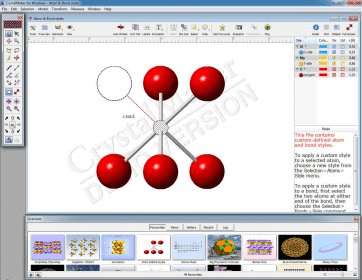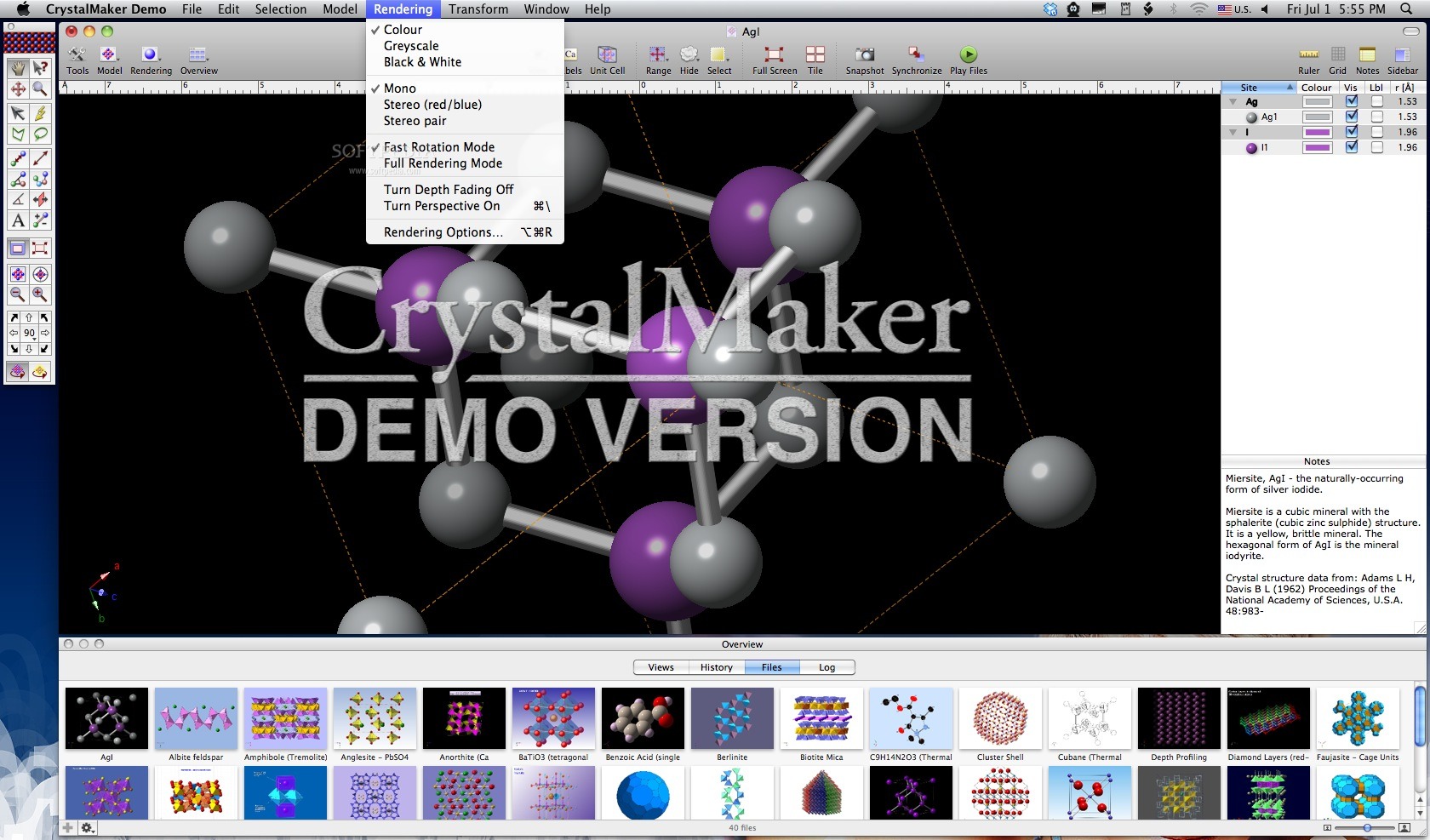
Rogers’s presentation is titled, “Functional Materials for Bioelectronic Neural Interfaces.” Advanced electronic/ optoelectronic devices built with classes of materials that enable intimate integration with soft tissues of the brain and the peripheral nervous system will accelerate progress in neuroscience research they will also serve as the foundations for new approaches to regenerative medicine and to the treatment of neurodegenerative diseases.The crystal structure of diamond.on a cosmic journey towards the Orion Nebula. Capabilities for injecting miniaturized electronic elements, light sources, photodetectors, thermal actuators, multiplexed sensors, programmable micro-fluidic networks and other components into precise locations of the deep brain, or softly laminating them onto the surfaces of nerves, will open up unique and important opportunities in stimulating, inhibiting, and monitoring behaviors of complex neural circuits. This presentation will describe concepts in materials science and assembly processes that underpin these types of technologies in one-, two-, and three-dimensional architectures. Examples include “cellular-scale” optofluidic neural probes for optogenetics research, 3D mesoscale networks for study of neural activity in developing organoids, and integrated systems for closed-loop control of bladder function by neuromodulation.Earthquake epicenters showing subducting crust in the northwestern Pacific. Image made using IRIS 3D as described in the blog. Welcome to national and international Earth Science week. “Since October 1998, the American Geosciences Institute has organized this national and international event to help the public gain a better understanding and appreciation for the Earth Sciences and to encourage stewardship of the Earth.” The theme this year is geological maps, but I’m going to take the liberty of sharing other neat stuff with you as well. The purpose to this blog today is to connect you to some of the fun stuff available out there on the internet. It’s a program that allows the viewer to load crystallographic information about minerals and display it, and rotate it, flip it, spin it, etc.
#Crystalmaker northwestern download
You can download a free demo version here. The Mineralogical Society of America maintains the Crystal Structure Database.

I download structures in cif format and import them into CrystalMaker. You can see from these why muscovite peels off in sheets, and how graphite and diamond are very different, even though both are made of carbon. But, get this: it has a button you can select to view it in 3D, using a pair of old-fashioned 3D glasses. Just don’t give the crystal structure a spin in 3D mode, because it’s a quick way to get motion sick.Ĭurious about the geology in your neighborhood? The Carolina Geological Society offers ALL of its guidebooks for free. Once a year the Society meets to go on a field trip in North or South Carolina. The guidebook shows all the stops, gives information about each, and usually has articles on up-to-data scientific work going on in that area. In many cases, the road log gives starting and stopping points, and distances in tenths of miles, so that you can set the odometer on your car (or bicycle) and follow along. CGS membership is open to anyone with a serious interest in geology, There are guidebooks for the mountains (many different years), the Raleigh area (1994), the beach (1996), and a lot of places in between. My grandfather was a farmer in the Great Depression, and he considered weather forecasting to be one of the most wonderful inventions of the 20 th Century.

I’m a geologist who grew up in a pre-GIS world, so Google Earth is one of my wonders of the modern world, a source of endless fascination. You can download generalized geological maps for the entire United States, state by state. Want to see what’s underfoot? You can do it with Google Earth. My current favorite earthquake page is from IRIS, the Incorporated Research Insitutes for Seismology.
#Crystalmaker northwestern software
We used to have their real-time seismic quake center on the second floor, but the computer died, and the software was written for a UNIX-based system. RIP- it was very popular with visitors and staff. You can still visit their website, which now has a fantastic 3D viewer option. For instance, select the area including the Sea of Okhastk in the northwestern Pacific and northern Japan.

It has some red dots indicating deep earthquakes. Set the number of quakes as high as you can, say, about 4000.


 0 kommentar(er)
0 kommentar(er)
